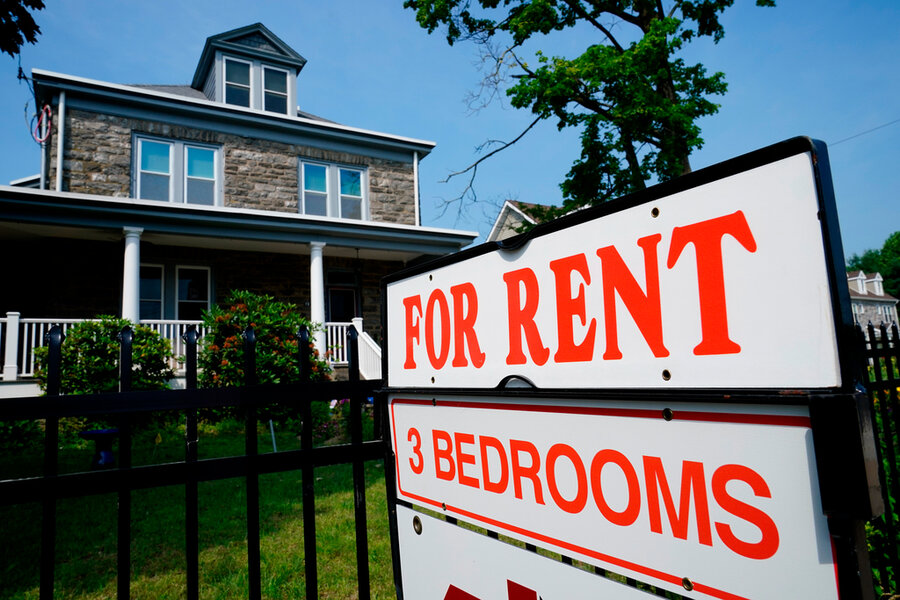Renters and landlords as partners?
Six months into the COVID-19 pandemic, the federal Centers for Disease Control and Prevention imposed a broad moratorium on evictions of renters. The move was meant to help stem the spread of the virus, and it was supposed to be temporary. Now it has also sparked a debate on new ways to deal with evictions in general.
“All of a sudden, the reality of how precarious so many tenants are across the United States … really hit home for people,” said Colleen Carroll, an organizer for Eviction Representation for All in Portland, Oregon, in a recent local radio interview. “And in the two years where COVID and COVID protections kind of cracked open possibilities, lots more jurisdictions have either created pilot programs or passed real full civil-rights counsel measures.”
An average of 3.6 million eviction cases are filed each year in the United States, according to Princeton University’s Eviction Lab. They come with a disproportionate effect on Black and Hispanic women. They also disrupt communities, schools, health services, and local businesses. And they clog courts and cost tenants and landlords billions of dollars annually.
During the pandemic, 43 states imposed their own moratoriums on evictions. In addition, taxpayer money for rental assistance swelled. The federal government deployed $46 billion to help tenants facing financial hardship – including another $521 million in reallocated funds from the Treasury Department last week. Those measures cut evictions by more than 50% nationwide.
That relief was short-lived. As the eviction bans and other time-limited interventions have expired, eviction filings have gradually climbed back up. In January, the Biden administration set out the Blueprint for a Renters Bill of Rights for fair and safe housing. Proposals to set rent controls and build more affordable housing are moving through some state legislatures.
The most significant changes are those that balance protections for tenants and landlords without decreasing incentives for new investments in rental properties. More landlords are embracing a mission-driven approach to providing tenants with resources to avoid eviction.
In many cities, like Portland, Oregon, broad coalitions are uniting to provide legal representation to tenants to promote mediated alternatives to eviction courts. The benefit of community-level solutions is measurable. A new University of Texas study based on national eviction data from 2001 to 2016 found that “an addition of ten community nonprofits per 100,000 city residents is associated with ten percent reduction in eviction filing rates.”
Eviction has multiple drivers. But as the costly, short-term pandemic remedies for housing insecurity ebb, new measures that promote trust over adversity provide a scaffolding of compassion for communities.






